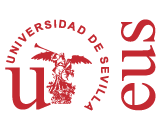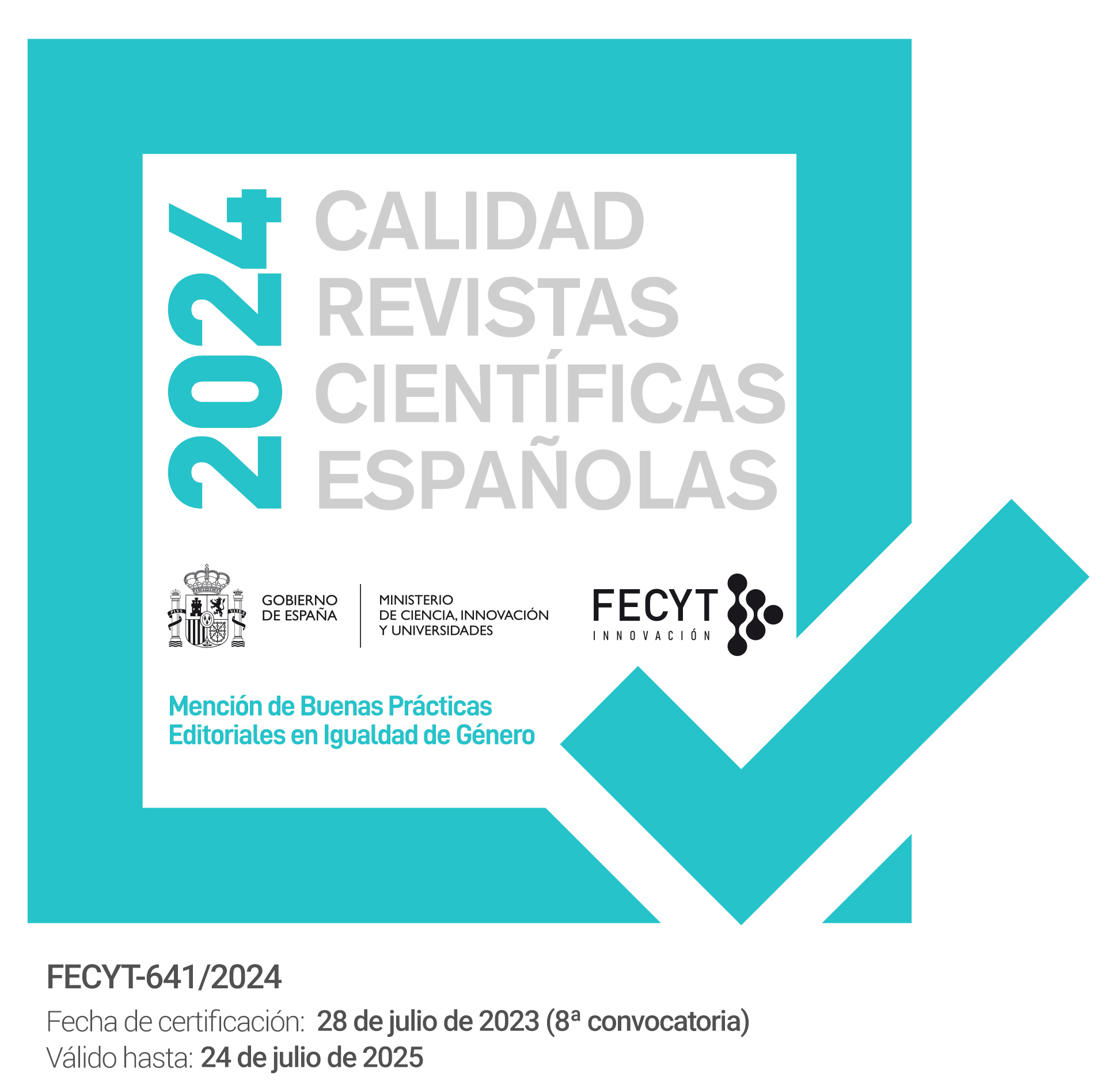Cáceres versus Abinum. Wedding presents in the Jewish nation of Pisa
DOI:
https://doi.org/10.12795/PH.2018.v32.i01.07Keywords:
Hebrew marriage, Sephardic, Sephardi community of Pisa, wedding presentsAbstract
This paper studies an important aspect of the Hebrew marriage, the wedding gifts among the husband and the wife, from unpublished documentation from the sefardi community established in the Italian city of Pisa since the end of the 16th century. However, apparently, no text has been preserved directly testimony the issue. For this reason this study has analyzed and edited a record of the first hefty volume of atti civili -signature 1286 of the historical archive of the Hebrew community of Pisa- from January and February 1685, in which there are a lot of references about it. The filed record -the number 39 entitled “Cáceres versus Abinum”- consists of the demand for the return of the wedding gifts requested by Ester de Cáceres to Yehoshua Abinum and his daughter Luna (Ester’s daughter-in-law) to be able to fulfill the payment of the family debts.Downloads
References
Arrivo, Georgia (2006): Seduzioni, promesse, matrimoni. Il proceso per stupro nella Toscana del Settecento. Roma: Edizioni di Storia e Letteratura.
Banier, Antoine/Le Mascrier, Jean-Baptiste/Picart, Bernard (1741): Cérémonies religieuses de tous les peuples du monde. París: Rollin.
Blasco Orellana, Meritxell/Magdalena Nom de Déu, José Ramón (2002): “Una ketubbá inédita catalana de Santa Coloma de Montbui (siglo XIV)”, en: Judaísmo Hispano: Estudios en memoria de José Luis Lacave Riaño. Madrid: CSIC, 575-58.
Bunis, David (1993): A Lexicon of the Hebrew and Aramaic Elements in Modern Judezmo. Jerusalén: The Magnes Press/The Hebrew and Misgav Yerushalayim.
Bunis, David (2008): “Jewish Ibero-Romance in Livorno”, en: Bonfil, Robert (ed.): Italia. Studi e ricerche sulla storia, la cultura e la letteratura degli ebrei d’Italia 18, 7-64.
Cantera Burgos, Francisco (1973): “La ketuba de D. Davidovitch y las ketubbot españoles”, Sefarad 33, 2, 375-386.
Castaño, Javier (2009): “Ketubbot en-cubiertas: fuentes para el estudio del matrimonio judío en Jaca y los Almosnino”, Sefarad 69, 1, 43-73.
Covarrubias, Sebastián de (1611): Tesoro de la lengua castellana o española. Madrid: Luis Sánchez.
Díaz-Mas, Paloma (1986): Los sefardíes. Historia, lengua y cultura. Barcelona: Riopiedras.
Frattarelli Fischer, Lucia (1987): “Per la storia dell’insediamento ebraico nella Pisa del Seicento”, Critica Storica 1, 3-54.
Frattarelli Fischer, Lucia (1998): “Ebrei a Pisa fra Cinquecento e Settecento”, en: Luzzati, Michele (ed.): Gli Ebrei di Pisa (secoli IX-XX), Atti del Convegno internazionale Pisa, 3-4 ottobre 1994. Pisa: Bolletino Storico Pisano. Biblioteca. Collana Storica, 89-115.
Frattarelli Fischer, Lucia (2008): Vivere fuori dal ghetto. Ebrei a Pisa e Livorno (secoli XVIXVIII). Turín: Silvio Zamorani Editore.
Galasso, Cristina (2002): Alle origini di una comunità. Ebree ed ebrei a Livorno nel Seicento. Florencia: Leo S. Olschki Editore.
Goldstein, Mateo (1947): Derecho hebreo a través de la Biblia y el Talmud. Buenos Aires: Editorial Atalaya.
Lacave, José Luis (1988): “El contrato matrimonial entre los judíos navarros”, Estudios Mirandeses 8, 91-99.
Lacave, José Luis (1992): “Una ketûbbâ de Jaca”, Sefarad 52, 2, 421-428.
Lacave, José Luis (2002): Medieval Ketubot from Sefarad. Jerusalén: The Hebrew University Magnes Press.
Laredo, Abraham I. (1948): “Las taqanot de los expulsados de Castilla en Marruecos y su régimen matrimonial y sucesoral”, Sefarad 8, 2, 245-276.
Levie Bernefeld, Tirtsah (2011): “Sephardi Women in Holland’s Gold Age”, en: Lieberman, Julia L. (ed.): Sephardi Family Life in the Early Modern Diaspora. Waltham: Brandeis University, 177-222.
Luzzati, Michele (1985): La casa dell’ebreo. Saggi sugli Ebrei a Pisa e in Toscana nel Medioevo en el Rinascimento. Pisa: Nistri-Lischi.
Luzzati, Michele (2005): Ebrei ed ebraismo a Pisa. Un millennio di ininterrotta presenza. Pisa: Edizioni ETS.
Milano, Attilio (1963): Storia degli ebrei in Italia. Turín: Einaudi Tascabili.
Molho, Michael (1950): Usos y costumbres de los sefardíes de Salónica. Madrid: CSIC.
Muñoz Solla, Ricardo (2014): “Dos ketubbot castellanas y otro fragmento hebreo del Archivo de la Real Chancillería de Valladolid”, Sefarad 74, 2, 343-368.
Nehama, Joseph (1977): Dictionnaire du Judéo-Espagnol. Madrid: CSIC.
Pivati, Gianfrancesco (1747): Nuovo Dizionario Scientifico e Curioso Sacroprofano. Venecia: Benedetto Milocco.
RAE (1726-1739): Diccionario de Autoridades, Madrid: Real Academia Española.
RAE (1780): Diccionario de la Lengua Castellana compuesto por la Real Academia Española, reducido a un tomo para su más fácil uso. Madrid: Joachín Ibarra.
Roth, Cecil (1933): “I Marrani di Livorno, Pisa e Firenze”, La Rassegna Mensile di Israel, 7, 9, 394-415.
Tavim, José Alberto R. S. (2013): “Diamonds are forever. Eros judaico: capital económico e capital social. Reflexões sobre a relação entre emprendimento mercantil e coesão social entre os judeus portugueses de Amesterdão (séculos XVI-XVII)”, Anais de História de Além-Mar 14, 63-91.
Toaff, Renzo (1990): La Nazione Ebrea a Livorno e a Pisa (1591-1700). Florencia: Leo S. Olschki Editore.
Published
How to Cite
Issue
Section
License
The printed and electronic editions of this Journal are edited by the University of Seville Editorial, and the source must be cited in any partial or total reproduction.
Unless otherwise indicated, all the contents of the electronic edition are distributed under a license of use and distribution “Attribution-NonCommercial-NoDerivatives 4.0 International” . You can view the informative version and the legal text of the license here. This fact must be expressly stated in this way when necessary.
Authors who publish in this journal accept the following conditions:
- The author/s retain copyright and grant the journal the first publication right, and accept it to be distributed with the Creative Commons By NC ND 4.0 licence, which allows third parties to use what is published whenever they mention the authorship of the work and the first publication in this journal and whenever they do not make commercial use and reuse it in the same way.
- Authors can make other independent and additional contractual agreements for the non-exclusive distribution of the article published in this journal (e.g., include it in an institutional repository or publish it in a book) provided they clearly indicate that the work was published for the first time in this journal.
Authors are allowed and recommended, once the article has been published in the journal Philologia Hispalensis (online version), to download the corresponding PDF and disseminate it online (ResearchGate, Academia.edu, etc.) as it may lead to productive scientific exchanges and to a greater and faster dissemination of published work (see The Effect of Open Access).
Accepted 2018-11-12
Published 2018-08-22
- Abstract 272
- PDF (Español (España)) 77
- EPUB (Español (España)) 30
- HTML (Español (España)) 51







